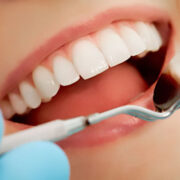Tooth decay is the most common chronic disease among adults and children. According to the World Health Organization, dental caries (cavities) is the most common non-contagious disease. In fact, the majority of adults have experienced some degree of tooth cavity in their lives. There’s no way to completely prevent it from occurring, but there are steps you can take to reduce your risk. To help you understand how dental caries develop and what actions you should take if you think you’re at risk. Here is a breakdown of the five stages of tooth decay and how you can treat each one differently to prevent further damage.
What is tooth decay or cavity?
Tooth decay is a process in which bacteria break down the teeth’s surface and create acid that damages enamel of your teeth. If the enamel is damaged, tooth decay can progress to the dentin (the next layer under the enamel), which can eventually lead to loss of teeth. The first sign of dental cavity is usually discolouration of the tooth surface. If left untreated, a decay can progress from surface damage to loss of tooth structure and lead to serious health problems, including tissue and bone loss, mobile teeth, and systemic infections.
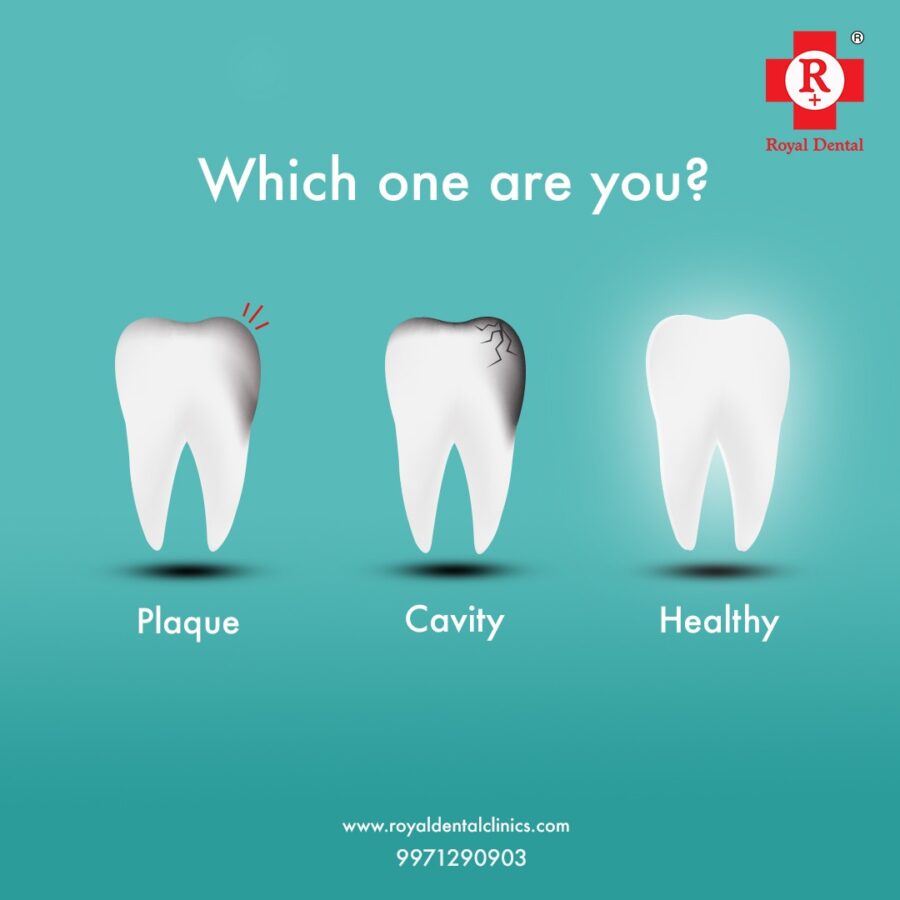
Stages of Dental Caries
Tooth decay typically starts with the formation of plaque, a sticky film composed of bacteria, sugars, and minerals. Plaque can form on teeth in as little as 20 minutes. When left alone, plaque can harden into tartar and cause dental cavities. Plaque can be removed with proper brushing and flossing, while tartar must be removed by a dentist. If plaque and tartar aren’t removed, they can cause tooth decay by releasing harmful acids that break down tooth enamel, leading to tooth cavity. If left untreated, it can progress through five stages:
- Discolouration
- Surface Cracks
- Loss of Tissue
- Infection and Abscess Formation
- Tooth Loss
Root Cause of Tooth Decay
Dental caries, more commonly known as tooth decay, is caused by bacteria that live in your mouth and thrive on sugars found in food and drink. If left untreated, the bacteria will break down the tooth’s surface and create acids that damage tooth enamel, the hard outer layer of your teeth. If tooth enamel is damaged, tooth decay can progress to the tooth’s dentin (the next layer under the enamel), which can eventually lead to tooth loss.
The first sign of this decay is usually discolouration of the teeth surface. If left untreated, dental cavity can progress from surface damage to loss of tooth structure and lead to serious health problems, including tissue and bone loss, moving teeth, and systemic infections.
Stage 1: Discolouration
Discolouration is the first visible sign of tooth decay. It usually occurs on the tooth’s surface and can range from slight to severe. If tooth decay progresses, it can cause the tooth surface to crumble, resulting in a dark appearance as the fragments are absorbed back into the tooth.

Stage 2: Surface Cracks
As tooth decay progresses, it can cause the tooth’s surface to crack. Cracks in the tooth’s surface are a clear sign that you need to seek treatment, as they can quickly lead to more advanced tooth decay. If the tooth’s surface is cracked and decaying, tooth decay may have also progressed to the tooth’s root.
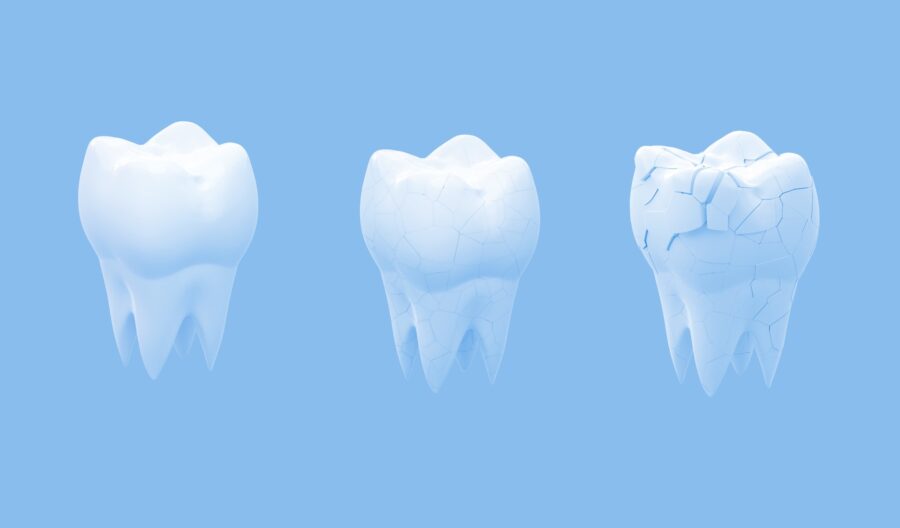
Stage 3: Loss of Tissue
If dental caries progresses to the tooth’s dentin, it can cause tissue loss. An advanced tooth decay would be when the decay has reached the dentin. In such cases immediate medical attention is necessary. Tissue loss can lead to exposed teeth roots, which increases your risk of infection and may eventually require tooth extraction.
Stage 4: Infection and Abscess Formation
If tooth decay has progressed to the tooth’s root and the surrounding tissue, it can lead to infection. Infection can result in an abscess, which is a painful and serious infection that can cause the surrounding bone to break down. The infection and resulting pressure can also force the tooth out of its socket, which can lead to moving teeth.
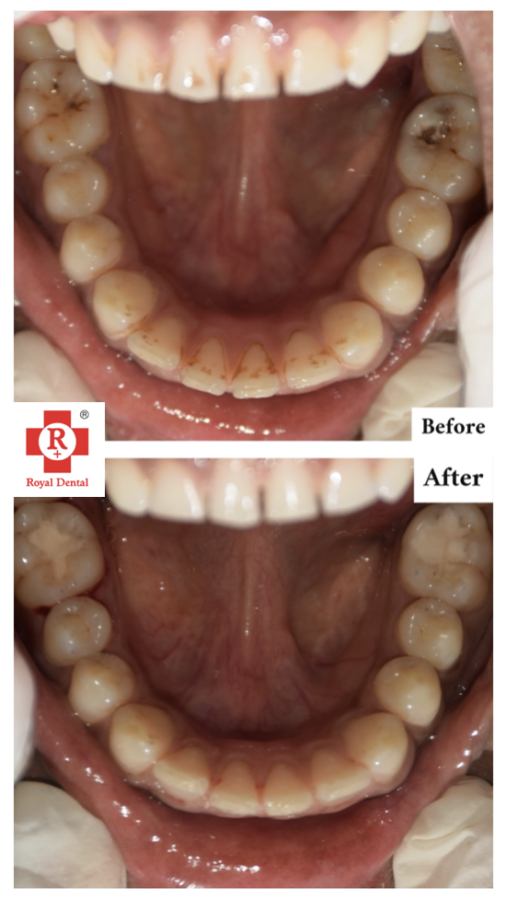
Stage 5: Tooth Loss with cavity
If tooth caries and related infections aren’t treated, they can lead to loss of multiple teeth in the worst cases. Also, when caries are left untreated, it can eventually spread to other teeth, which can further complicate the situation. If left untreated, the bacteria produced by these caries, can spread to the rest of your body and cause serious health problems.

Types of Teeth Cavities
Silent decay: Sometimes called hidden cavities, silent decay refers to cavities that have progressed to a point where they can be seen in the tooth, but are not yet painful. This can be a serious problem, as these types of cavities can be extremely difficult to detect until they’re in an advanced state.
Get In Touch
Occlusal decay: Also known as chewing gum disease, occlusal decay occurs when plaque builds up on the biting surface of your teeth. Since this area of your teeth is exposed to a lot of wear-and-tear, so it’s important to keep it clean. If you don’t, plaque can accumulate and cause decay, which can be extremely difficult to treat.
Root caries: This type of cavity occurs below the gum line and can progress to the roots of your teeth. If left untreated, root caries can result in the collapse of your teeth, which can lead to tooth loss.
Detecting and diagnosing cavities
The best tool for detecting cavities is a thorough oral exam. Your dentist will look for signs of decay, including cavities, gum disease, and worn enamel. He or she will also look for other problems, such as the presence of bacteria in your mouth that can lead to gum disease.
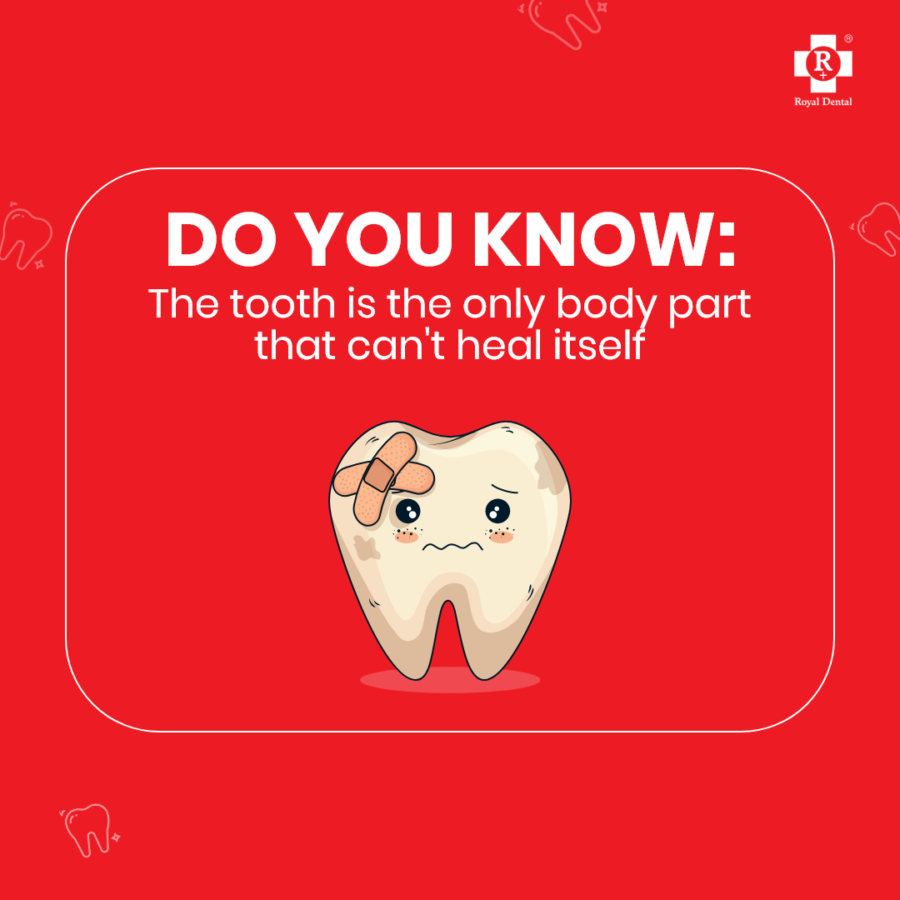
If your dentist suspects that you have cavities, he or she will likely perform a quick dental X-ray. Furthermore, this gives them a chance to see incase if your teeth have any cavities, cracks, or holes. Some dentists may also take a sample of your tooth to determine the extent of the damage.
Conclusion to Tooth Decay
Tooth caries is the most common chronic disease among adults and children. Although it can be treated, it isn’t preventable. If you experience any of the symptoms listed above, it’s important to get treatment as soon as possible to prevent further damage. If left untreated, tooth decay can lead to serious health problems and even tooth loss. That’s why it’s important to practice proper oral hygiene and visit your dentist regularly for checkups.
Follow Us For More Updates


